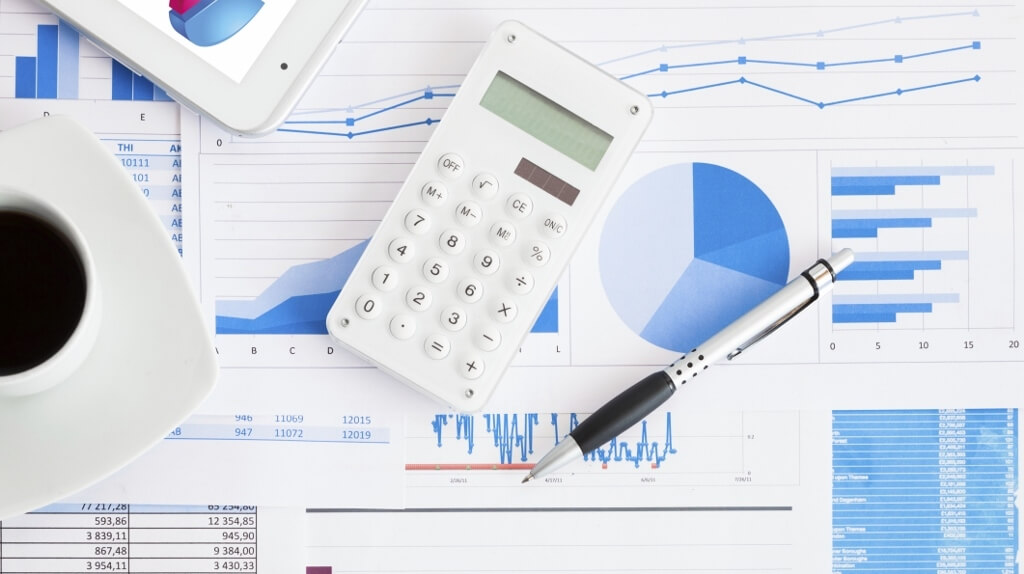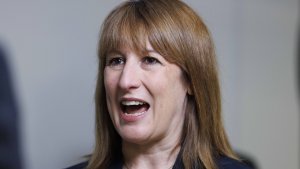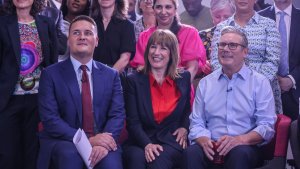Top Tax Planning Tips For Year End
The end of the tax year is nigh. Here are 10 things to consider for the clock chimes midnight.

As we near the tax year end on the 5th April, so here are top ten tax planning tips for year end and has listed the top areas you should look at to maximise the use of your various tax allowances and minimise the tax you pay.
Make use of your ISA allowances
The allowance for the current tax year stands as £15,240 per person.
A married couple could therefore put away £30,480 before the end of the tax year on the 5th April. If you do not make use of your ISA allowances they cannot be carried forward to the new tax year and for the 2017/18 tax year the ISA allowance increases to £20,000 per person.
Look to make pension contributions
Tax relief remains available at your highest rate of income tax paid.
The rules around how much you can pay into a pension are now very complicated but, in essence, the standard allowance is £40,000 per person per tax year. The standard allowance can be reduced if you earn above a certain limit or have taken pension benefits previously and unlike ISAs, you can make contributions based on previous years’ allowances (up to three years previously).
The rules around how much you can pay into a pension and how much tax relief you receive, are constantly changing and it may be a good time to act now.
Consider the new lifetime ISA
From the start of the new tax year, 6th April 2017, the new lifetime ISA launches.
It is available to those aged 40 or under on the 6th April 2017, with the maximum contribution set at £4,000 per tax year. The lifetime ISA is designed for those saving towards a long term goal, either purchasing their first house or saving for retirement. For every £1 saved in a lifetime ISA before your 50th birthday, the government adds an additional 25p and based on the maximum limit of £4,000, the maximum bonus is £1,000 per tax year.
In order to keep the bonuses, the funds can only be withdrawn to either purchase your first home (valued up to £450,000) or after your 60th birthday. Withdrawals for any other reason (apart from death or diagnosis of a terminal illness) will be subject to a withdrawal charge of 25%, designed to recoup the Government bonuses added.
Capital Gains tax allowances
Each person has an allowance of £11,100 for capital gains tax in the current tax year.
With various equity markets at an all time high, now may be a good time to look to realise some gains. The capital gains tax allowance is available during the tax year only, once we cross over into the 2017/18 tax year the current years’ allowance is lost.
The allowance is per person, so married couples can make use of each others allowances via transfer to maximise the tax efficiency.
Inheritance tax and gifting
A little used allowance is the gift allowance for inheritance tax purposes.
In each tax year, you can give up to £3,000 away without it counting against your inheritance tax allowance in the future, and similar to capital gains tax, the allowance is per person, so up to £6,000 per tax year for a married couple.
Additional rate taxpayers
Do you earn £100,000 or more?
Through the loss of your income tax personal allowance, you are effectively paying tax at a rate of 60% on some of your income. Pension contributions and other tax planning options, such as putting income producing assets into a lower rate tax paying spouses name, can be used to reduce this.
Child benefit
Child Benefit is reduced for anyone earning above £50,000 and completely lost once you earn above £60,000.
As above, tax planning options can be used to minimise the impact of the loss of this tax free benefit.
Tax efficient investments
Outside of pensions, there are other tax efficient investments available.
Long standing Government approved schemes such as Enterprise Investments Schemes (EIS) and Venture Capital Trusts (VCTs) offer generous tax rebates on investment – up to 30% of the amount invested for both.
Spouses personal allowances
Do you have a spouse who is a lower or even non-taxpayer?
If you have income producing assets, for example buy to let property or even saving accounts, you should look to put these in their name to lower your overall income tax liability.
Protecting your pension pots
Over the last few years there have been significant changes to pension rules, both in terms of how much you can pay in and get tax relief and how large your pension fund can be before it becomes subject to additional tax.
The lifetime allowance has reduced from £1.8m in April 2012, to its current level of £1m. There are three forms of protection against the reductions available, individual protection 2014, individual protection 2016 and fixed protection 2016.
Applications for individual protection 2014 need to be made by 5th April 2017 and for those with large pension fund benefits, the protections could offer important tax savings and therefore it is vital to review your options now.
For anyone looking to make use of the current tax years various allowances, time is key – small steps can be taken now, which can make a big difference to your finances for the years ahead.
Thanks for signing up to Minutehack alerts.
Brilliant editorials heading your way soon.
Okay, Thanks!


